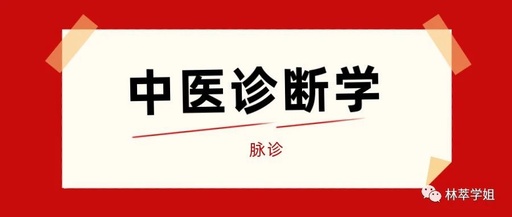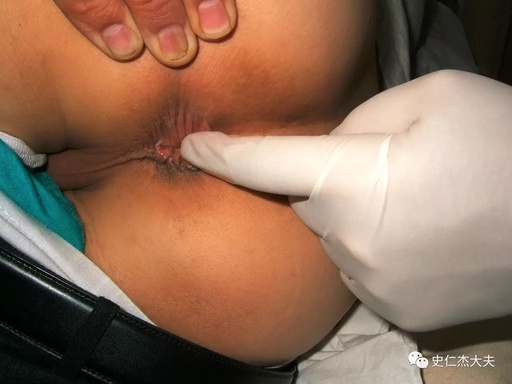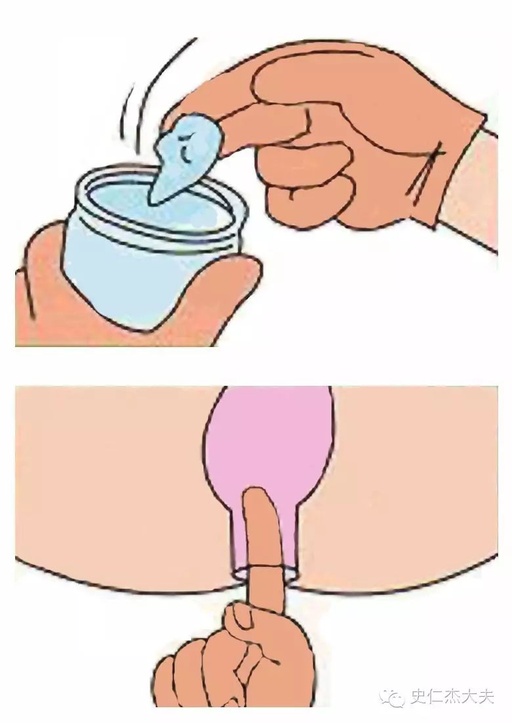Diagnosis Beyond Pulse Taking: What Else Is There?
Click the blue text above ☝, then select 【Pin to Top】 If you truly love Traditional Chinese Medicine (TCM), you must do this. TCM Book Club Issue 1465 One issue daily, accompanying the growth of TCM practitioners IIntroduction: As the author states, diagnosis is not just about pulse taking, but rather “using hands to closely … Read more










